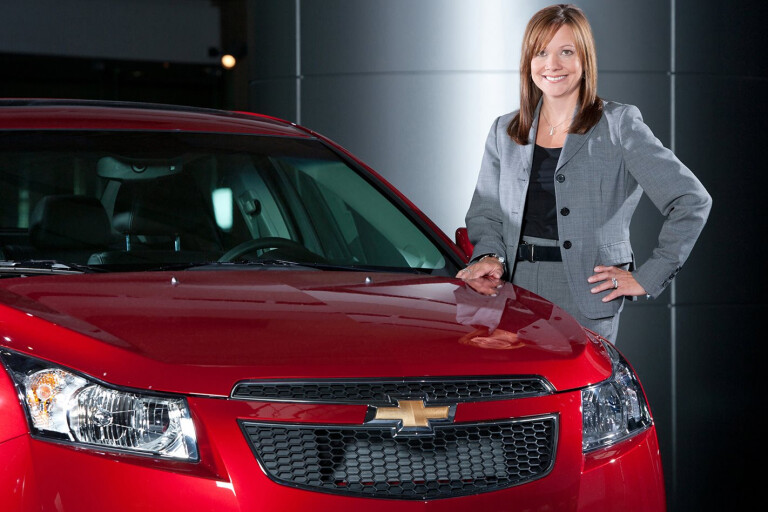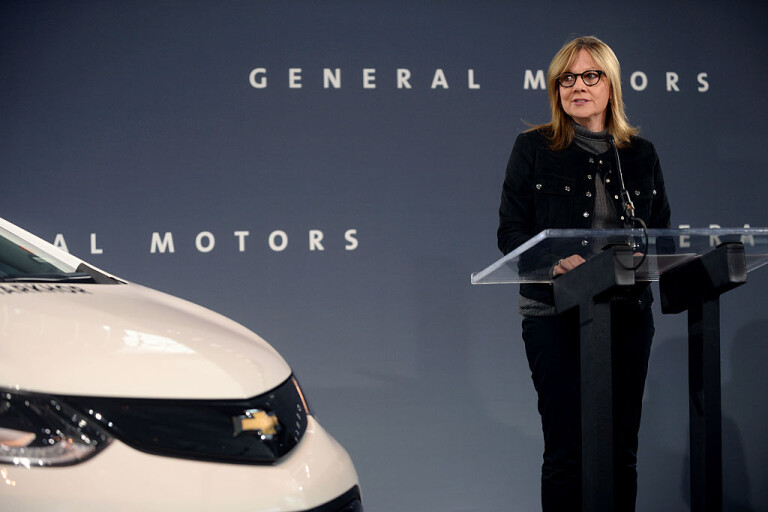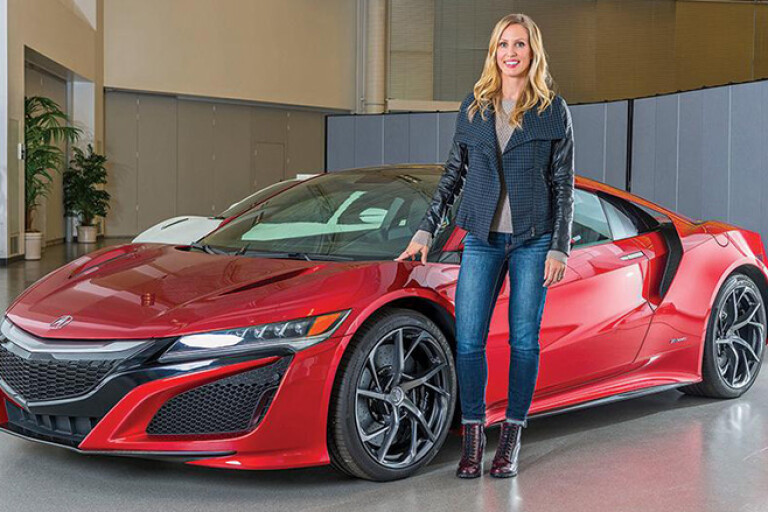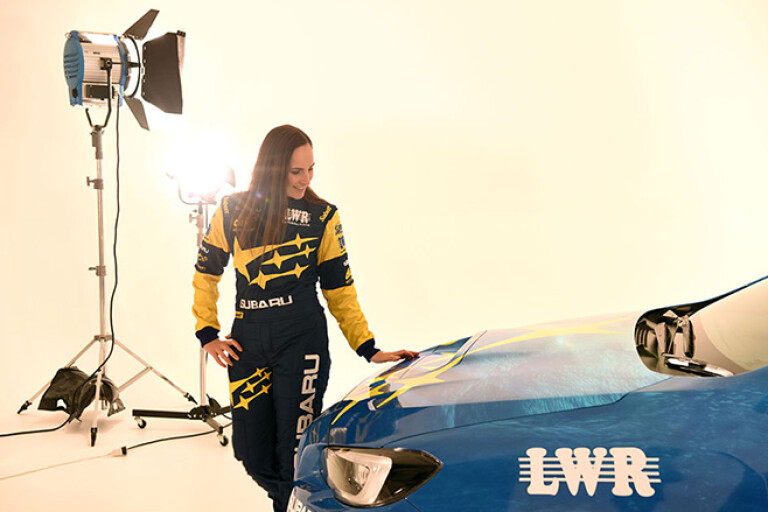
Women have long been part of the automotive industry, and in recent years, we’ve seen the participation of women in the industry on the rise. And yet, they still go largely unrecognised.
There’s no questioning the automotive industry is dominated by men. In fact, according to a survey Catalyst Quick Take: Women in the Automotive Industry conducted in 2016, women accounted for just one quarter of the automotive workforce in the USA and, at the executive level that number dropped to only 16 percent.
Closer to home, the statistics require a little more reflection. In 2013, the New South Wales Government released a research paper which explored women in trade and technical jobs in Australia. Labelled the “missing 48 per cent”, the research concluded that only two percent of the Australian construction, automotive and electrical trades’ workforce are women.
Let that sink in – two percent.
The study identified Australian data recorded in 2011 counted just 931 female motor mechanics in a technicians and trades workforce of nearly 1.43 million people. That means female mechanics account for less than half a percent of all professional grease-monkeys in Australia.
The equality milieu in Australia is complex. It goes far deeper than just the automotive industry, and is deep-rooted in attitudes, ignorance and under-representation, and is manifested in a wage gap.
But here’s the real clincher – despite being wildly outnumbered, women have had a larger influence in automotive than most might recognise. For example, did you know that the world’s first automobile, the Benz Patent-Motorwagen, was financed by a woman?
It was that same woman, Bertha Benz, who got the company’s first sales thanks to being the first person to drive an automobile over a long distance? Of course, in 1886 Bertha’s gender meant she couldn’t apply for the car’s patent rights despite using her dowry to fund the project, and instead these were given to her husband, Karl Benz.
Even the name for the Mercedes brand came from a woman called Mercedes Jellinek.
Come the early 1900s, when automobiles began to evolve, so too did the automotive technology. And we have a woman to thank for the invention of indicators and brake lights.
Florence Lawrence, known as the first movie star, used flags on either side of the car to indicate which way the vehicle was turning, and a pedal-triggered painted stop sign warned cars behind her that she was slowing down. According to reports, her mother, Charlotte Bridgewood, was the original inventor of windscreen wipers. Neither women marketed or patented their inventions so these essential automotive components were picked up later by automotive companies.
Fast forward a century and it’s easy to see how far women in the automotive space have come. Today, we’ve got women in the automotive role as CEOs, race car drivers, designers, engineers and journalists. And while there’s still a long way to go in the equality journey, we’re celebrating International Women’s Day by applauding these five influential women in our industry.
Mary Barra, Chairwoman & CEO, General Motors

On January 2014, Mary Barra made history as the first female CEO of a global automaker. Her impact spreads much further than just the automotive industry, though – she’s been named by Time Magazine as one of the “100 Most Influential People in the World”, and last year Forbes listed her as the seventh most powerful woman in the world, and Fortune magazine placed her second out of 50 of the most powerful women in business.
Barra has worked for GM since she was 18 years old, working across various departments from engineering, administration to managing assembly plants.
Michelle Christensen, Lead Designer, Honda NSX

Since 2012, when the Acura NSX was revealed in Detroit, Michelle Christensen’s name has been on everyone’s lips. After that, Michelle joined Honda’s team for the production car and became the first woman to ever lead the design team of a supercar. She took her interest in fashion, merged it with her childhood growing up in her father’s garage of hot rods, and turned it into a successful, and inspiring, career.
Simona de Silvestro – Race driver, Nissan Motorsport

If you follow motorsport, chances are you already know the name Simona de Silvestro – otherwise known as the Iron Maiden. Silvestro this year became the first full-time female driver in the modern Supercars series. With a career in IndyCar and Formula E (where she was also the first female driver to score points), Silvestro lined up to race in the championship for Nissan Racing at the 2017 Clipsal 500 in Adelaide, where she impressed the veterans of the paddock. She is still driving a Nissan Altima for the rebranded Kelly Racing team in 2019.
Molly Taylor – Rally driver, Subaru Do Motorsport
We could talk all day about women in motorsport but for the sake of this list, we’ll keep it to two, and our second pick would have to be Australian rally car driver, Molly Taylor. Taylor was the first female in the Australian Motor Sport Foundation International Rising Star Program and was awarded the Motorsport Young Achieve of the Year Award in 2006 by the NSW Confederation of Australian Motorsport.

As an Australian representative, Taylor holds a special spot on this list having won several titles including being the first non-British woman to claim the British Ladies Rally Champion title two years in a row (2009 and 2010), winning Australian Rally Championships in the F16 Class (2007 and 2008) and in 2016 she won the Australian Rally Championship.
Elena Ford – Chief Customer Experience Officer, Ford Motor Company

Elena is the great-great granddaughter of Ford’s founder, Henry Ford, and currently sits in the position of Chief Customer Experience Officer. for the company. But in 2013, Ford became the company’s Vice President. The significance in this is that Elena is the first female Ford family member to hold a high-level role within the company, putting her in a true position of power over the company that bears her family name.
COMMENTS